
Apr 6, 2021 | Events, International Youth Policy, Peace Education, Regional Youth Policy, Resources, Toolkits for Youth, Toolkits to Inform Policy, Uncategorized
Mobile Arts for Peace is a hub for resources and toolkits relating to arts-led peacebuilding initiatives. MAP’s website features recommendations for practitioners and researchers. The contents are the sole responsibility of The Office of the special representative of the secretary-general on violence against children
“We are in the midst of a new era of child engagement, where children are to be considered partners and key players in achieving change. Children are acting against violence and being part of the solution everywhere, taking forward positive change, working as partners with adults and young people.
As part of the mandate’s goal to promote meaningful participation, amplify children’s voices and actions and leave no one behind, the Special Representative took forward a mapping exercise to understand how children are taking part in today’s world, contributing with their views and solutions, and being agents of positive change.
Between April and November 2020, 245 case studies from 86 countries3 were reviewed,4 and in-depth dialogues were taken forward with 36 organizations working at global, regional, or country level.5 Additionally, through UNICEF’s U-Report, almost 5000 children from all geographical regions aged 13 – 18 were polled regarding their experiences regarding COVID-19.
This report provides an overview of the different actions taken forward by children mostly in times of COVID-19, but not limited to it. It looks at children’s diverse roles when helping to prevent, address, and report violence (including supporting their peers); it helps to understand how children are contributing and being part of the solutions when thinking about building back better, and how children are helping accelerate fulfillment of the Sustainable Development Goals (SDGs).
It showcases how children are collaborating with adults and with decision makers, and how children are proving to be agents of change. The report also addresses the many challenges organizations and children have faced in times of COVID-19, including those posed by digital channels when taking forward participation, reaching the hardest to reach, and having regular communication with children disrupted.”
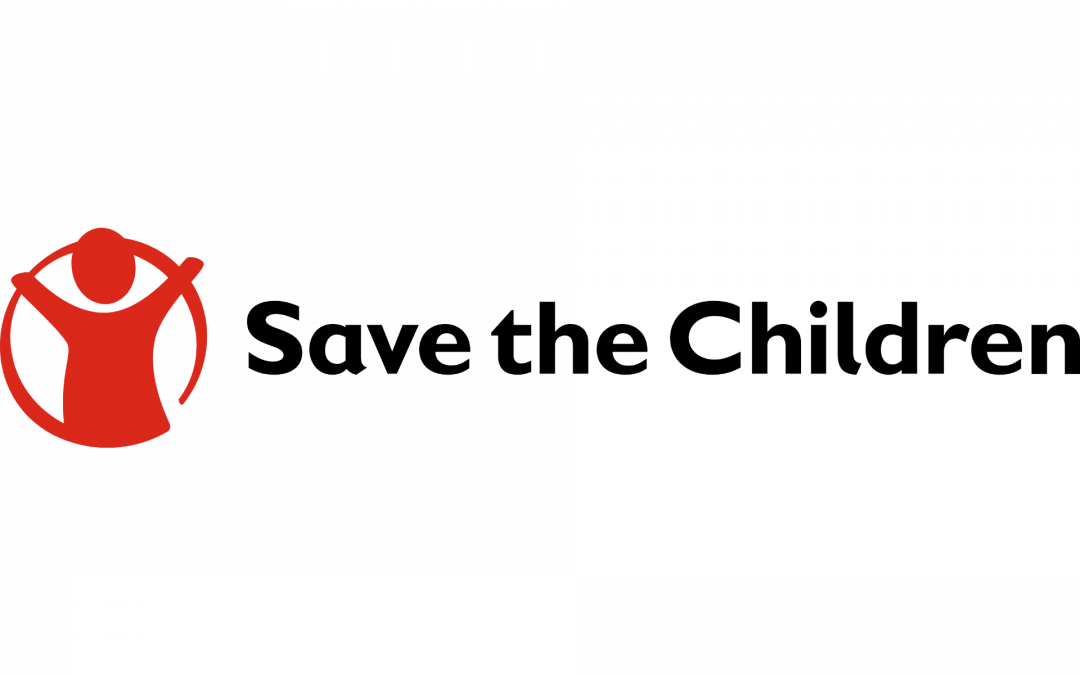
Feb 9, 2021 | Events, International Youth Policy, Regional Youth Policy, Resources, Toolkits for Youth, Toolkits to Inform Policy, Uncategorized
Mobile Arts for Peace is a hub for resources and toolkits relating to arts-led peacebuilding initiatives. MAP’s website features recommendations for practitioners and researchers. The contents are the sole responsibility of Save the Children.
Monitoring and evaluation (M&E) is a key part of realising Save the Children‟s theory of change and common values and strategies, inherent in the child rights programming (CRP) framework. The principles, rights and obligations set out in the United Nations Convention on the Rights of the Child
1989 (UNCRC)1 provide a fundamental framework for the work we carry out with children and young people around the world. All of Save the Children‟s programme and advocacy work should aim to address violations of children‟s rights and gaps in service provision, as well as supporting children as
rights-holders and helping states, as duty-bearers, to meet their obligations. Our vision, mission, values and theory of change 2 reinforce this. It is vital that we clearly articulate, demonstrate and document the outcomes of our work for girls and boys and their carers.
Nepal MAP
Save the Children Evaluation Handbook
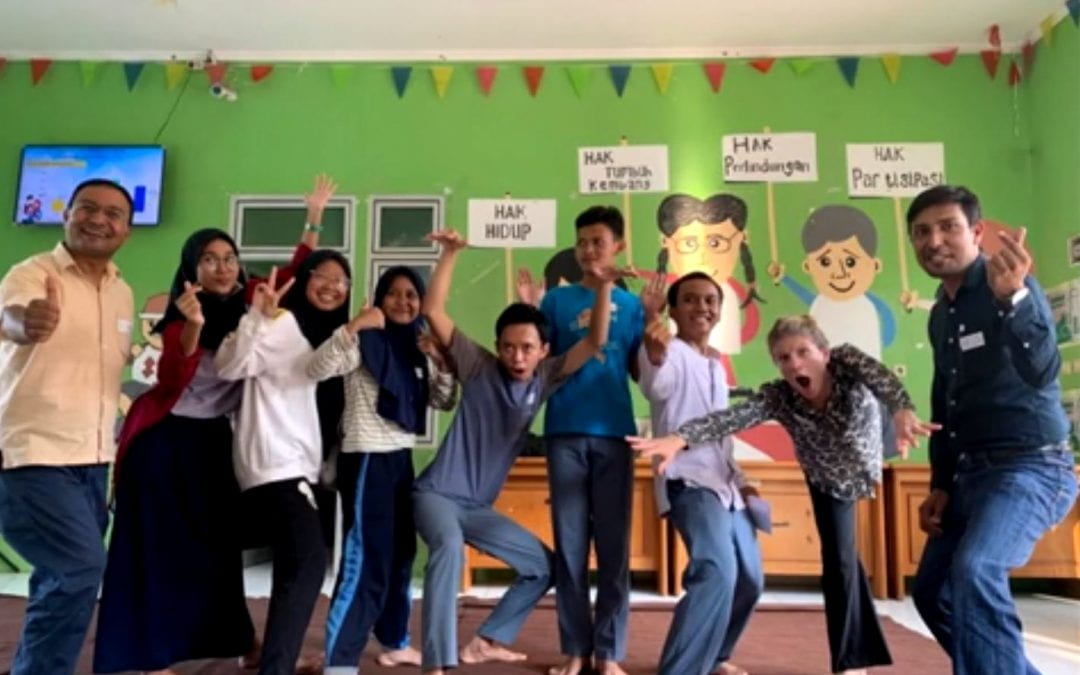
Nov 6, 2020 | Regional Youth Policy, Toolkits for Youth, Uncategorized
In December 2019, MAP Co-Investigators undertook a four-day scoping visit to Jakarta, Indonesia, to explore how varied arts-based approaches have been and can be used to create dialogue and to explore the synergies between MAP and the aims and objectives of related peacebuilding projects. The scoping visit was organized to allow MAP Co-Is to explore the various political, social and cultural contexts within which arts-based approaches to peacebuilding operate within Jakarta. This would support MAP in learning about the needs and deeply held values that exist in communities in Jakarta and hearing about existing work led by young people, teachers and policymakers.
Mobile Arts for Peace (MAP) Scoping Visit in Indonesia took place from 10 to 13 December 2019 in Jakarta. Five MAP team members came from United Kingdom, Kyrgyzstan, Rwanda, and Nepal. Professor Ananda Breed as Principal Investigator (PI), as well as four co-Investigators (Co-Is) – Tazhykan Shabdanova, Sylvestre Nzahabwanayo, Bishnu Khatri and Rajib Timalsina – were hosted by Atma Jaya Catholic University of Indonesia (AJCUI). The co-Investigator from Indonesia, Harla Octarra, along with local partner organizations Lembaga Perlindungan Anak (LPA) and Yayasan Anak Budaya Indonesia (YABI) organized the events. The UNESCO office Jakarta also supported the Scoping Visit by hosting a half-day symposium that listened to presentations and discussions led by UNESCO Youth and Sport Task Force Team and local organizations working with young people.
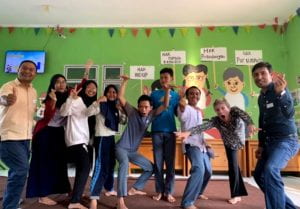
https://www.youtube.com/watch?v=esMvLDZvuYI
The scoping visit was organized according to the following schedule:
Scoping Visit Activities
Day One, 10 December 2019
Consultation meeting: MAP Network Plus team, Faculty of Psychology – AJCUI, Child Protection Agency in Jakarta or LPA, and the Children of Indonesian Nation Foundation or YABI.
MAP Network Plus team held discussions with POs and Faculty of Psychology staff from the above organisations about their dedicated work with street children and children victims of abuse.[1] Before considering whether the existing MAP approach had the appropriate toolkit for developing art-based approaches which would assist and support vulnerable communities in this area, this discussion aimed to explore existing work and services which support street children and youth. More specifically, MAP sought to complement and address current gaps in toolkits that care workers/tutors use when engaging with street connected youth.
[1] Children refers to anyone below the age of 18.
Betawi culture exposure by the river of Ciliwung, East Jakarta
In the afternoon, the MAP team went to the Condet area in the eastern part of Jakarta, by the Ciliwung river, where they met with a community which works to provide space for local people, especially young people seeking to preserve nature and explore creative arts while at the same time preserving Betawi cultural forms. The community is called Padepokan Ciliwung Condet. The afternoon visit gave the MAP team a clear insight into how local community-based organization works to promote traditional arts while protecting the environment. The Head of the Padepokan, Bang Lantur, shared a key idea about encouraging more people to see and learn about the socio-historical context of Ciliwung river and its importance to preserving the local culture. Bang Lantur says that ‘habit makes custom and custom makes culture’. He believes that keeping the natural environment clean is part of preserving heritage. The MAP team learnt that revitalizing traditional art-forms (i.e. Betawi culture) can be done alongside preserving nature and heritage. This effort, which involves producing and selling traditional snacks and handmade souvenirs among others, can empower the economy of Betawi people.
Day Two, 11 December 2019
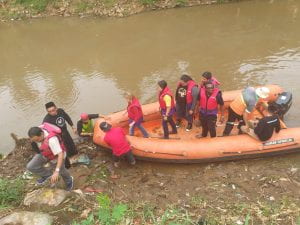
Cultural Workshop: The second day of the scoping visit was a showcase on the use of cultural forms as peace-building approaches and how the forms were being used for dialogic purposes among children and youth in Indonesia. This was a valuable opportunity for the MAP team to develop relationships with local level actors and CSOs.
The day began with two short presentations on experiences of using arts and creative educational activities to promote peace in out-of-school setting (Sanggar Anak Akar) and in-school setting (Wahid Foundation). The Wahid Foundation talked about concepts and indicators of their peace-schools program. The program engages students and teachers in five areas: integration of schools’ programs, management of school’s environment, management of learning activities, creation of a working group, and early detection system of intolerance and radicalism. Sanggar Anak Akar, a member of Koalisi Seni Indonesia (Indonesian Art Coalition), introduced their educational approach as Humanist Education through Arts. The approach positions children/young people, mostly those who have lived or spent time on the street, in various roles as the teller, photographer, and observers of their own realities or shared realities – all of which they would then communicate through arts forms, such as music, theatre and photography.
The MAP team developed a series of observations from this workshop, including:
- Different local art forms, such astheatre games, as facilitated by Kalanari Theatre Movement; traditional marching dance (Soreng Dance) by Tlatah Bocah; and storytelling as facilitated by YABI, are valuable in two ways: 1) these forms are used for telling stories from the margin; 2) the art forms are able to encourage audiences think and act creatively, even with strangers.
- Because cultural variations in Indonesia are significant, the art forms would very much depend on the local art/traditions where MAP is going to be introduced. Engaging with the schools and local artists/historians is key in the assessment stage. In general, dancing and music as part of ceremonial acts are common throughout the country. At the same time, there are certain groups who consider traditions/cultural practices are against religious teachings. Members of a local community in East Jakarta highlighted to the MAP team that this is one of the key challenges for young people to engage in arts-based practices.
- For the out-of-school children, street art forms such as music (self-made) are prominent, and also based on experience. They are open to exploring techniques in which they not only could share personal stories, but also learn leadership and teamwork skills. Examples of what had been done include theatre performance by child victims of sexual exploitation depicting their stories in front of local government officials.
Day Three, 12 December 2019
Symposium at UNESCO
Day Three featured a UNESCO symposium which included presentations from a young person who was a member of UNESCO Youth and Sport Task Force Team. This presenter shared their experiences of taking part in the initiative to promote confidence and anti-bullying. Kampus Diakoneia Modern (KDM), an organization working to deliver shelter and alternative education to street connected young people in Jakarta presented their study from 2015 on the same topic. The symposium closed with an impromptu sharing from Ganara Art, a member of Koalisi Seni Indonesia (Indonesian Art Coalition), who initiated Mari Berbagi Seni, an art sharing movement that has taught creative art education programs to more than 11,000 children and teachers throughout Jakarta and other cities in Indonesia. The symposium spotlighted young people’s role in peacebuilding activities while also informing about challenges of radicalization among Indonesian youth.
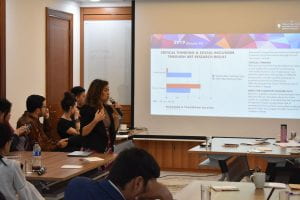
Day Four, 13 December 2019
Visit to RPTRA (child friendly integrated public space) in East Jakarta (Cipinang Besar Utara); Informal meeting with street connected youth.
On the final day of the Scoping Visit, the MAP team visited 1 RPTRA (child friendly integrated public space) in East Jakarta. At the RPTRA, the team were welcomed by the chief of the urban village and local community members and leaders, caretakers of the space and local government officials. The RPTRA team presented the facility and highlighted that the space is open 7 days a week, free of charge, and local community members have been using the space for various gatherings, including for Forum Anak (Children’s Forum) to hold their regular meetings. A Children’s Forum is a forum of young people, commonly aged between 12 and 17-years-old, to realize meaningful participation through the promotion of children’s rights and participation in government sponsored community/national development planning. The MAP team met and consulted with local community members and leaders, tutors/caretaker of the space, and local government officials about issues that young people faced and their engagement with arts. The MAP team found that, through children’s forum and street connected youth, MAP ideas can help direct the use of street art forms (e.g. self-made music) for channeling their stories/advocating issues.
The Scoping Visit enabled exchanges of views and sharing of experience among stakeholders working to address global challenges and promote peace among children and youth within informal and formal educational contexts. The activities shed light on cultural diversities, and potentials of different arts forms to be used as dialogue for peacebuilding. In all of the initiatives exemplified during the visit, there is a cautionary note on exclusions of marginalized young people. Lastly, the visit drew insights from stakeholders’ shared views and experiences in order to assess pathways to impact for implementing MAP in Indonesia.
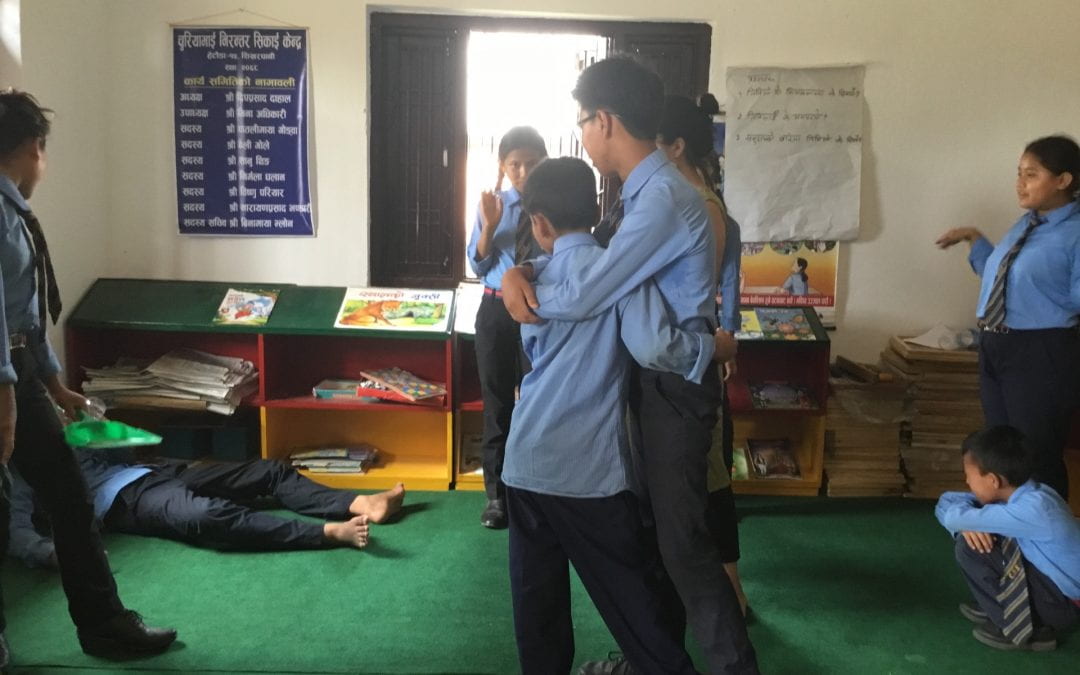
Mar 23, 2020 | Blog, MAP archive, Peace Education, Related Activities & Initiatives, Toolkits for Youth
This post was originally published via Changing the Story (CTS)’s #YoungChangemakers series on 1st October 2019, as part of the CTS sub-project Examining the Interpretations of Civic National Values Made by Young People in Kenya and Nepal.
Changing the Story is an AHRC GCRF project which asks how the arts, heritage and human rights education can support youth-centred approach to civil society building in post-conflict settings across the world. The ‘Examining the Interpretations of Civic National Values Made by Young People in Kenya and Nepal’ was closely linked to the methodologies used in the CTS MAP project, and contributed to Nepal becoming one of MAP’s current country focus. Find out more about Changing the Story and see the original post here: https://changingthestory.leeds.ac.uk
‘Examining Interpretations of Civic National Values made by Young People in Kenya and Nepal’ is led by a consortium of UK, Kenyan and Nepalese partners, a fusion of academics, educators, peacebuilders, civil society organisations and Performance Arts Companies that focus on Theatre.
Our project fuses performance arts methodologies as a pedagogical approach to teaching and learning in primary schools. We provide children with the opportunity to reflect on what they may know of past conflict in their countries, but through their understanding of community peacebuilding in the now, and for the future. This project is centred fully as a comparison of young voices from Kenya and Nepal. However, it is a project that speaks comparatively to the statutory teaching and learning of ‘civic national values’ in UK early years settings, primary and secondary schools through the notion of ‘Fundamental British Values’. These have emerged from more recent and current times of social and religious conflict and are stated as: democracy; the rule of law; individual liberty; mutual respect for and tolerance of those with different faiths and beliefs and for those without faith. The statutory teaching of these is aimed at preventing radicalisation in young people and seeks to foster a universal sense of connection and belonging to national identity.
Our decision to develop a comparison of educational responses to teaching and learning about civic national values in Kenya and Nepal was associated with commonalities to the UK context, but more specifically to congruency identified in Kenyan and Nepalese policies for post-conflict citizenship education. This is identified by the discourses of ‘values’ education. In Nepal, this includes the stated provision of ‘Moral Education’ for the teaching of ‘citizens in the community’ ‘civil rights and duties’ (Basic Education Curriculum, 2018). In Kenya the notion of developing ‘Engaged, Empowered & Ethical Citizens’ emerges from their national policy for ‘Values’ education (Basic Education Curriculum Framework, 2017).
Aims
Our project was interested in achieving the following research aims:
- To empower young people in post-conflict settings to develop and advance their thinking about the past, present and future possibilities of peacebuilding through theories of ‘reflection’, in our case using the method of a reflective diary.
- To explore how young people in post-conflict settings interpret and communicate civic national values supported by their application of varied performance arts-based tools and techniques.
- To examine the perspectives of teachers on civic national values including the varied ways they share these narratives with their learners.
- To facilitate our research partners to continuously analyse, reflect on and conceptualize their understandings and shared communications of civic national values for advancing future policymaking through a performance arts-based ‘scheme of work’, that can be applied locally, nationally and internationally in comparative contexts.
Methods
Our project created a four-part Scheme of Work (SoW). These were lesson plans written by the project team that sought to embellish current aims and objectives of values and citizenship education policies each country. We worked with teachers from primary and secondary schools in Nepal and Kenya and tested the processes of the Scheme of Work. The teachers facilitated their students who reflected on their experiences of ‘community’ and project ideas of and ideal community through their own notions of ‘tolerance’ and ‘mutual respect’. Lesson one and Lesson two both encouraged the young people to reflect on their locality; to articulate and record their experiences of community; cultural and ethnic differences and similarities; and cultural identity and citizenship. These lessons sought to develop thinking, discussion and shared articulation on values such as ‘tolerance’ and ‘mutual respect’ at a micro community level. Participation by young-people and teachers were also filmed by the project team. Lesson three helped the young people to turn their ideas from Lesson one and Lesson two into action and performance. This approach was facilitated by professionals from performance arts organisations: Zenn Theatre Company (Kenya) and Mandala Theatre Company (Nepal). The performances generated by the young people were then captured on film.

Credit: Marlon Moncrieffe
Discussion
There are many comparative opportunities for our project. In each country, we managed to apply the Scheme of Work in two very different schools (urban and rural) (state and private). This allowed us to understand more about the pedagogical variations adopted by teachers in each school with further comparisons of traditional to experimental approaches in teaching and learning. The cultural capital of the teachers and the students were also significant factors in determining the engagement with the Scheme of Work. We ensured that the Scheme of Work document was written in three different languages: English, Nepali and Swahili. This ensured connection and equity in empowering all teachers to facilitate the lesson plans.
Our Civil Society Organisation participants in attendance as spectators were keen to learn more about the research process. This project has brought for them an alternative approach in the selection of performance arts tools in relation to education and peacebuilding with young people (For more on this read the blogs by two young changemakers working on the project). Although the practices and approaches were new to so many, the participants actively engaged with activities using Ipads as their digital diaries of reflection, and participatory approaches founded on child-centred teaching and learning.

Credit: Marlon Moncrieffe
[Nepal explosion kills four in capital] This incident occurred as we began our research in Nepal. As a team it made us critique the term ‘Post-Conflict’ especially where we were told that the suspects of the attack were Maoist Splinter Group linked closely to deep conflict of the past. It reminded us the issues faced by people in this country are indeed relatively current. The explosions caused deaths and a resulting ‘strike’ which slowed Kathmandu. Lack of transport to the city and within it prevented teachers and partners from attending our pre-conference meeting and seminar session.
From gaining our data we reminded ourselves not to draw generalisations from two schools in each country, but to think more carefully about how we assess the children’s work through the processes of the SoW. We also reminded ourselves that a critical stance must be adopted towards our SoW. We see our project both as a research and development project.
Next steps
The aim of Lesson 4 is for the films made to date to shown at each school. Following this, the young people involved will write their reflections; the aim being to share their thoughts on the cross-cultural exchanges and their new knowledge and interpretations of civic national values through hearing the voices of their peers in hard to reach parts of their country. What are the commonalities in their voices? What do they learn from each other about community, mutual respect and tolerance? Lesson 4 will facilitate thinking, discussion and shared articulation on how young people’s interpretations of civic national values can be advanced further towards a sense of connection and belonging with national identity at a macro community level.

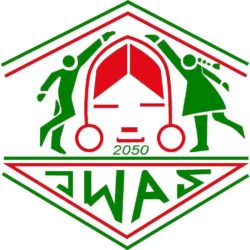
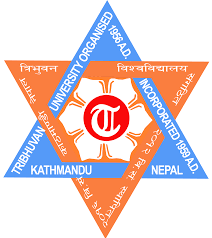

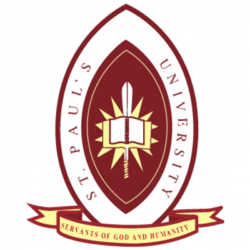


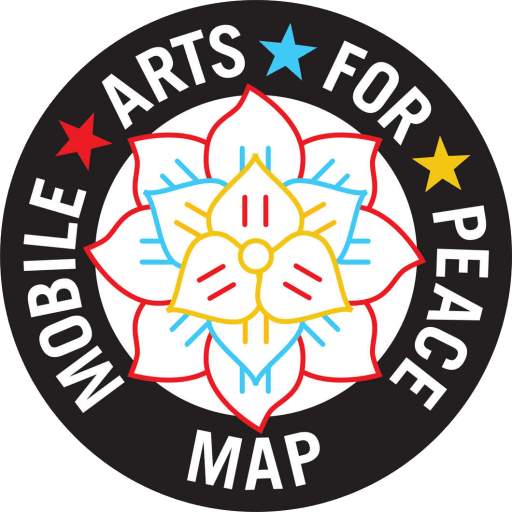
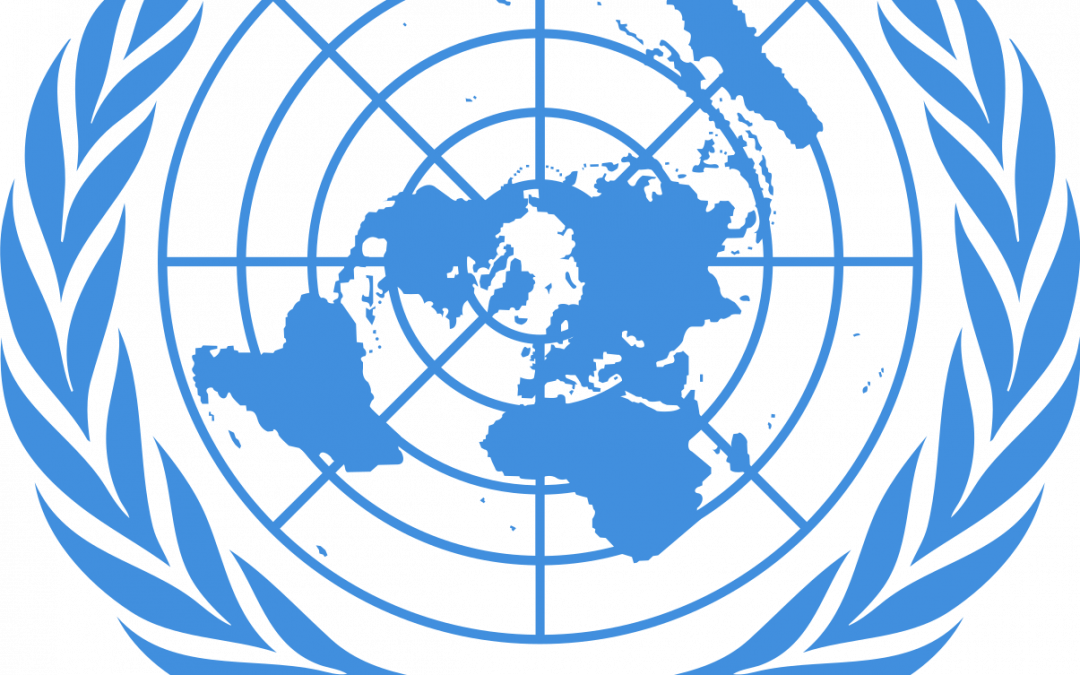

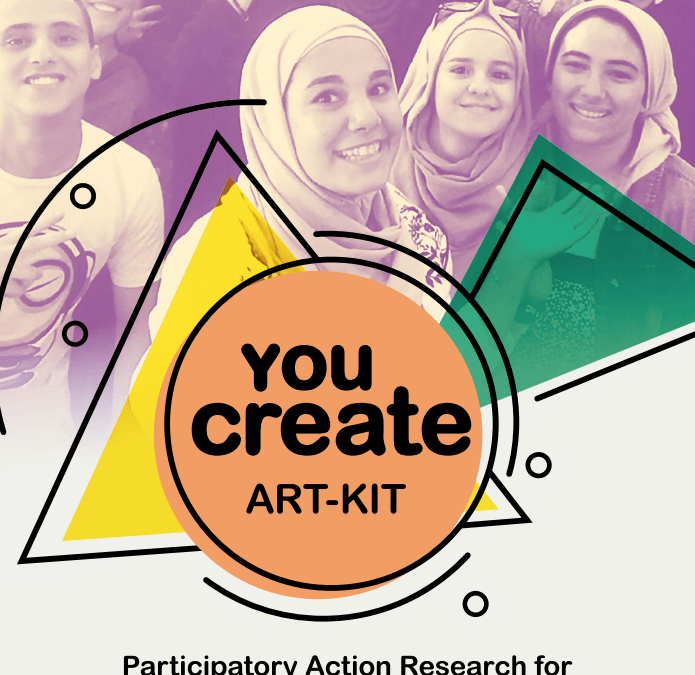
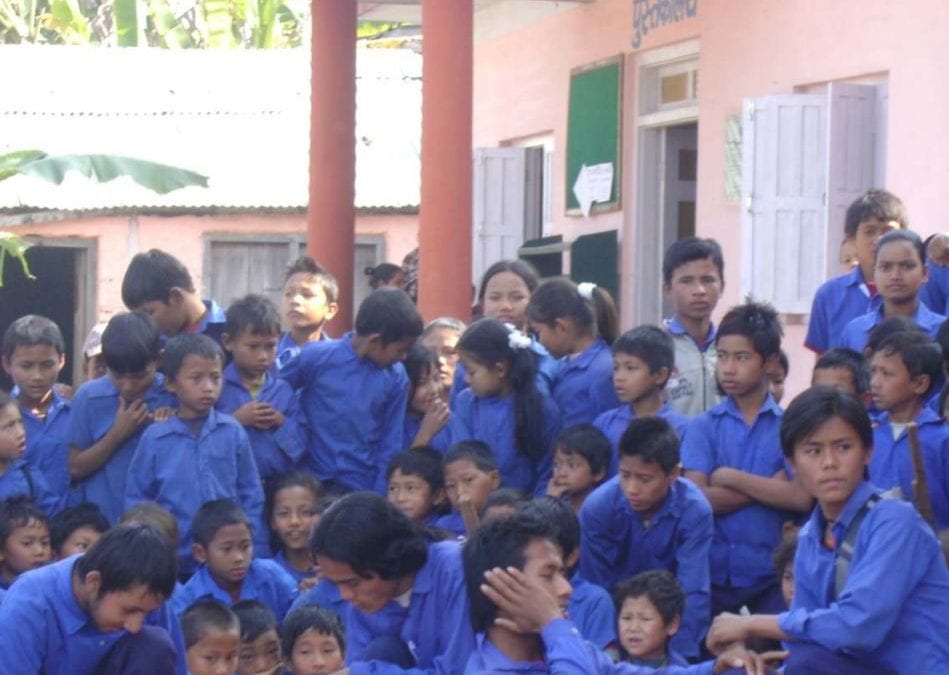














Recent Comments